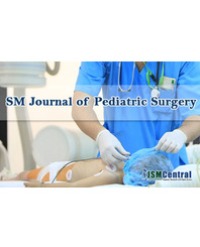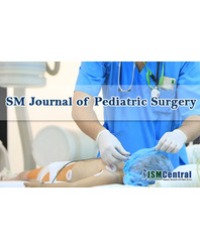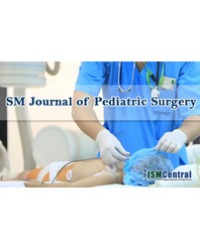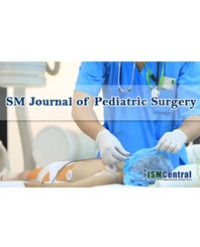Background: The term bezoar refers to swallowed material (either food or foreign body) that fails to clear from the stomach and accumulates into masses of concretions. It can be classified into many types: phytobezoar (vegetable); trichobezoar (hair); lactobezoar (milk/curd), pills (pharmacobezoar) and miscellaneous (wool, cotton, sand, paper, etc.). Usually, the trichobezoar is confined within the stomach but in some cases extends through the pylorus into duodenum & various lengths of the intestine & this is called “Rapunzel Syndrome”.
Method: we presented a case of 4-year-old boy with gastric trichobezoar and extension of its tail to the duodenum & rest of small bowel. The purpose of reporting this case is the rare occurrence of such condition discussing the presentation, diagnostic modalities & the ideal option of surgical treatment.
Result: The patient was presented with recurrent attacks of acute epigastric pain, vomiting and loss of appetite. Abdominal examination revealed mild abdominal distention with a soft, non-tender mass in the epigastric region. The mass was movable with respiration and it was possible to get above it. Abdominal sonography revealed a large a heterogeneous mass within the stomach, a diagnosis of gastric trichobezoar was suggested and confirmed by CT scan with oral contrast which revealed a large filling defect in the stomach and non-enhancing intraluminal gastric mass. During laparotomy, a stomach-casted mass of trichobezoar was delivered through gastotomy with uneventful postoperative recovery and no complications were recorded.
Conclusion: Trichobezoar or Rapunzel syndrome in children is rare and there are many factors associated with trichophagia. The clinical Presentation is usually late, may present as an emergency that surgeons should be prepared to deal with. It can be diagnosed by ultrasound, contrast films, CT scan or endoscopy. In spite of several therapeutic options used, laparotomy is still considering the treatment of choice.
Ali E Joda¹²*, Waad M Salih², Riyad M Al-Nassrawi³, and Nawzat H²





